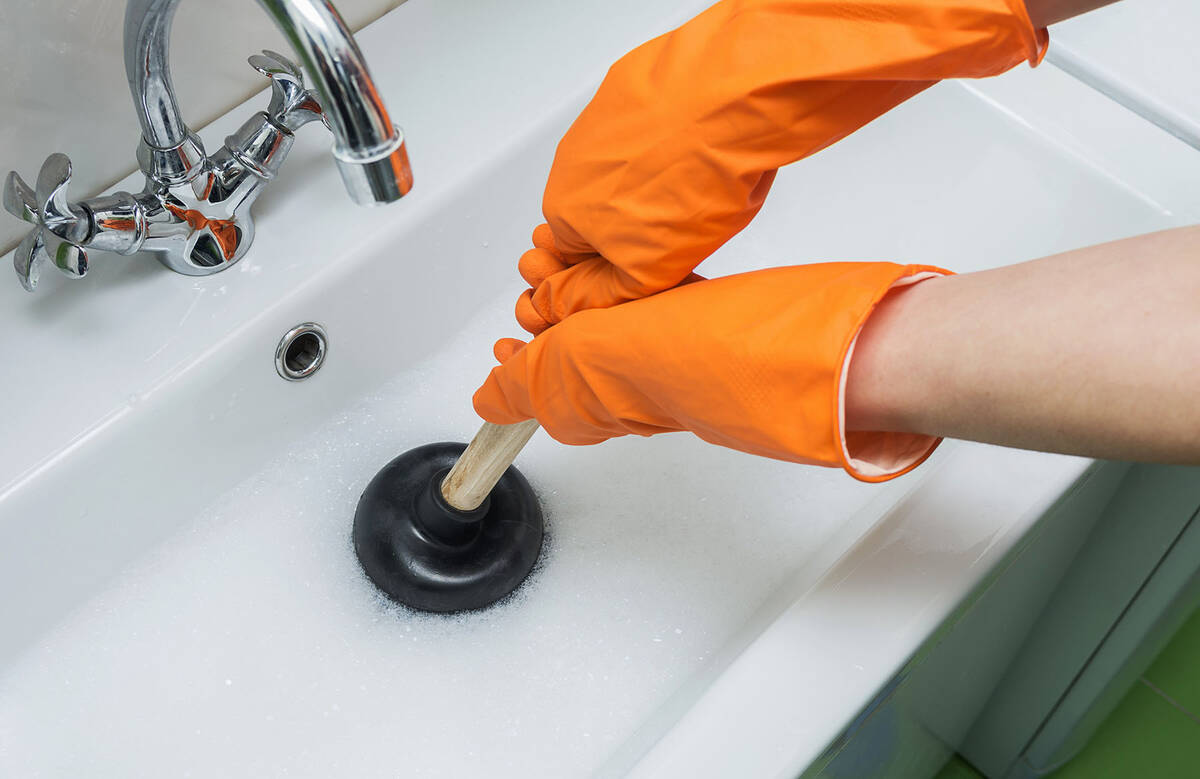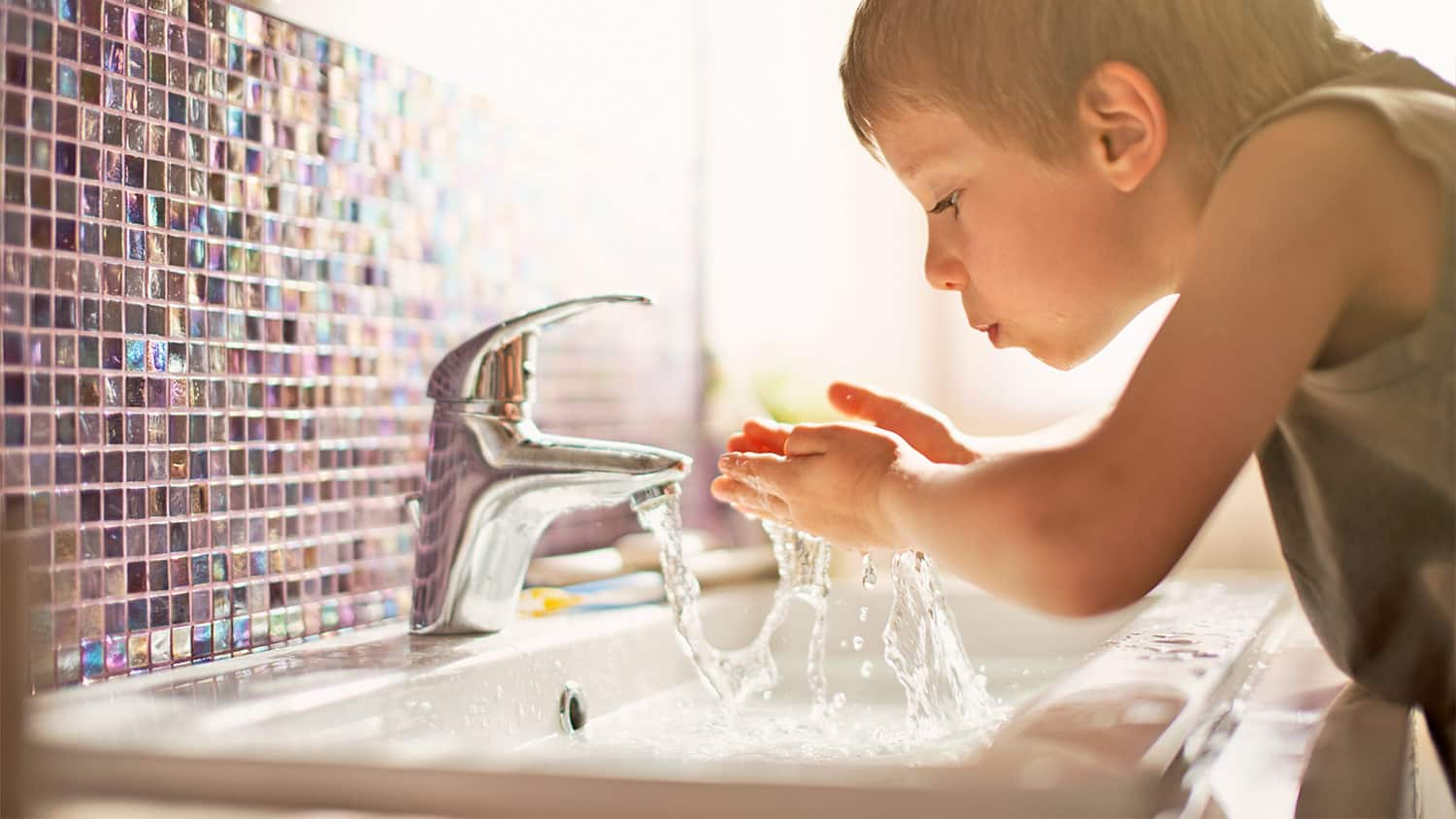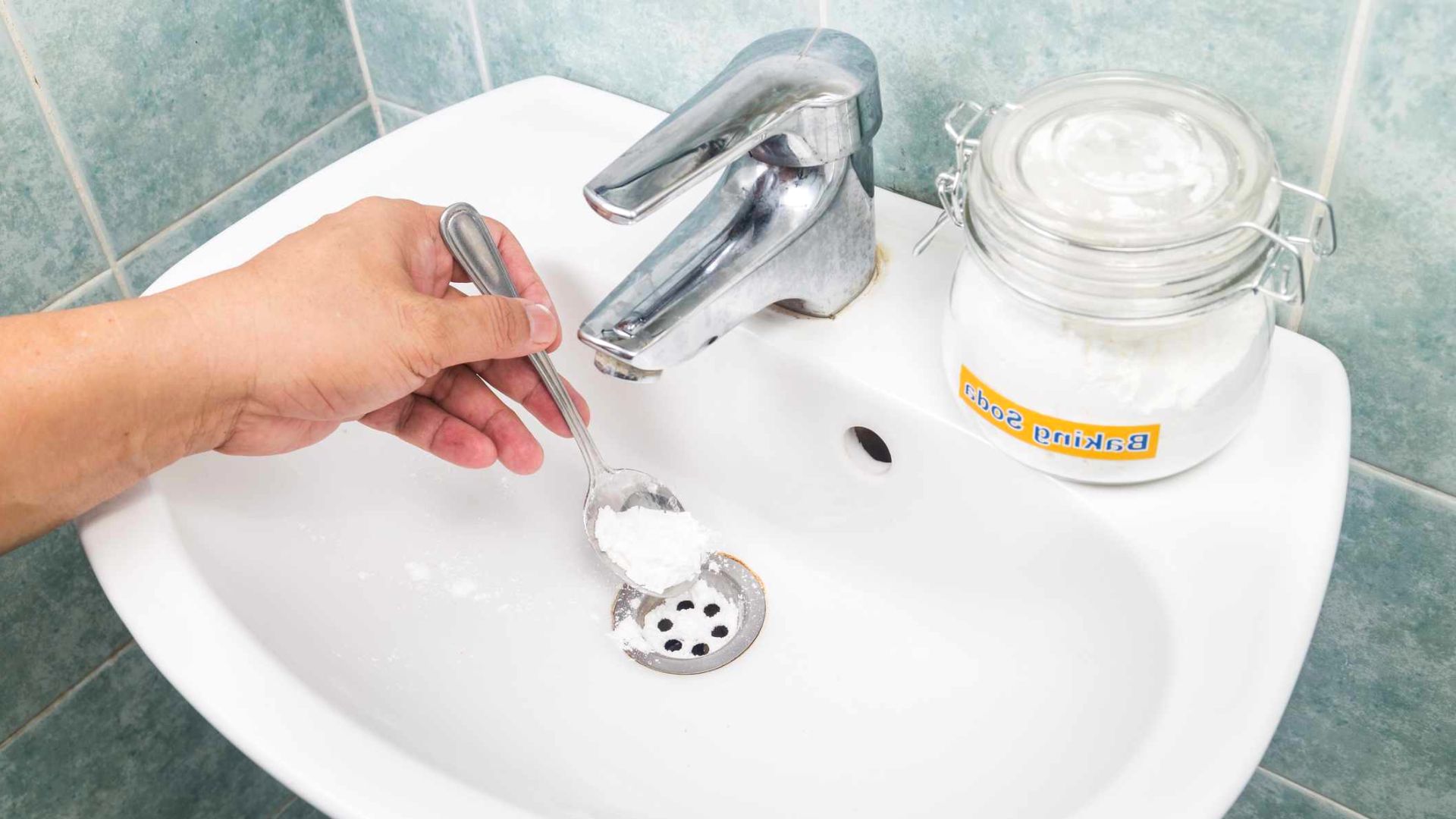Introduction: The Frustration of a Slow-Draining Sink
Dealing with a slow-draining bathroom sink can be a frustrating experience. Whether you’re rushing to get ready in the morning or trying to clean up after a long day, standing water in the sink can throw a wrench in your plans. In this comprehensive guide, we’ll explore the common causes of slow-draining sinks and provide practical solutions to tackle this irritating issue once and for all.

Understanding the Causes: Common Culprits Behind Slow Drains
Several factors can contribute to a slow-draining bathroom sink. Understanding these causes is the first step toward finding a solution.
1. Hair Build-Up: A Hairy Situation
One of the most common culprits behind slow-draining sinks is hair build-up. Over time, strands of hair can accumulate in the drain, trapping other debris and causing a blockage. This can significantly impede the flow of water and lead to slow drainage.
2. Soap Scum and Residue: The Sticky Situation
Soap scum and residue can also contribute to slow drains. When soap combines with minerals in the water, it forms a sticky substance that can coat the inside of the drain pipe. Over time, this buildup can restrict water flow and cause drainage problems.
3. Mineral Deposits: Hard Water Woes
In areas with hard water, mineral deposits such as calcium and magnesium can accumulate in the drain pipe, narrowing the passage and impeding water flow. This can result in slow drainage and even complete blockages if left untreated.
Identifying the Problem: Diagnosing Your Slow-Draining Sink
Before diving into solutions, it’s essential to identify the specific cause of your slow-draining sink.
1. Observation and Inspection: Taking a Closer Look
Start by observing the drainage pattern of your sink. Does the water drain slowly immediately after use, or does it gradually slow down over time? Additionally, remove the stopper or drain cover and inspect the inside of the drain for any visible blockages or buildup.
2. Testing Water Flow: Assessing the Situation
To further diagnose the problem, run hot water down the drain and observe how quickly it drains. If the water drains slowly despite the absence of visible blockages, the issue may lie deeper within the plumbing system.
Solving the Problem: Practical Solutions for a Speedier Drain
Once you’ve identified the cause of your slow-draining sink, it’s time to take action. Here are some effective solutions to help restore proper drainage.
1. Clearing Hair Build-Up: Say Goodbye to Strands
To remove hair clogs from the drain, start by using a plunger to create suction and dislodge the blockage. If the clog persists, try using a drain snake or a wire hanger bent into a hook shape to pull out the trapped hair.
2. Breaking Down Soap Scum: Banishing Build-Up
To dissolve soap scum and residue, pour a mixture of equal parts vinegar and baking soda down the drain. Allow it to fizz and bubble for about 30 minutes, then flush the drain with hot water to wash away the loosened debris.
3. Removing Mineral Deposits: Battling Hard Water
To tackle mineral deposits, fill the sink with a solution of vinegar and water and let it soak overnight. The acidic properties of the vinegar will help dissolve the mineral buildup. In the morning, flush the drain with hot water to rinse away the residue.
Preventing Future Issues: Tips for Maintaining a Healthy Drain
Once you’ve resolved the issue of your slow-draining sink, it’s important to take steps to prevent it from happening again in the future.
1. Regular Maintenance: Stay Ahead of the Game
Make a habit of performing routine maintenance on your sink to prevent clogs and buildup. Use a hair catcher or drain cover to trap hair and debris before it enters the drain, and periodically flush the drain with hot water to keep it clear.
2. Avoiding Harmful Habits: Mindful Sink Practices
Be mindful of what you put down the drain. Avoid pouring grease, oil, coffee grounds, and other debris that can contribute to clogs and buildup. Additionally, use minimal amounts of soap to reduce the formation of soap scum.
Seeking Professional Help: When DIY Isn’t Enough
In some cases, despite your best efforts, DIY solutions may not fully resolve the issue of a slow-draining sink. When faced with persistent drainage problems, it may be time to seek professional assistance.
1. Plumbing Inspection: Calling in the Experts
A licensed plumber can conduct a thorough inspection of your plumbing system to identify any underlying issues contributing to the slow drain. They have the expertise and tools to access hard-to-reach areas and diagnose complex problems that DIY methods may overlook.
2. Professional Drain Cleaning: Clearing Stubborn Blockages
Plumbers can perform professional drain cleaning using specialized equipment such as hydro-jetting or drain snakes with augers. These methods are highly effective in breaking down tough clogs, including mineral deposits and stubborn debris that DIY solutions may struggle to remove.
3. Repairs and Upgrades: Addressing Structural Issues
If the slow drainage is due to structural issues such as damaged pipes or improper installation, a plumber can recommend and perform necessary repairs or upgrades to restore optimal function to your sink and plumbing system.
Maintaining a Healthy Environment: Environmental Considerations
In addition to addressing the mechanical aspects of a slow-draining sink, it’s also essential to consider the environmental impact of our actions and choices.
1. Eco-Friendly Drain Cleaning: Sustainable Solutions
When selecting drain cleaning products or methods, opt for eco-friendly alternatives whenever possible. Many commercial drain cleaners contain harsh chemicals that can be harmful to the environment and waterways. Instead, choose products labeled as biodegradable or environmentally friendly, or utilize natural solutions such as vinegar and baking soda.
2. Water Conservation: Mindful Resource Usage
Conserving water is crucial for environmental sustainability. A slow-draining sink can result in wasted water as you wait for it to empty completely. By promptly addressing drainage issues, you can minimize water wastage and contribute to water conservation efforts.
3. Proper Disposal of Waste: Responsible Practices
Dispose of waste materials properly to prevent environmental contamination. Avoid pouring hazardous substances such as paint, solvents, or chemical cleaners down the drain, as these can pollute water sources and harm aquatic ecosystems. Instead, follow local guidelines for hazardous waste disposal or recycling.
Conclusion: Enjoying Smooth Sailing
A slow-draining bathroom sink can be a nuisance, but with the right approach, it’s a problem that can be easily solved. By understanding the causes, identifying the issue, and implementing practical solutions, you can restore proper drainage and enjoy smooth sailing in your bathroom once again. So, bid farewell to sink woes and embrace the joy of a freely flowing sink!


